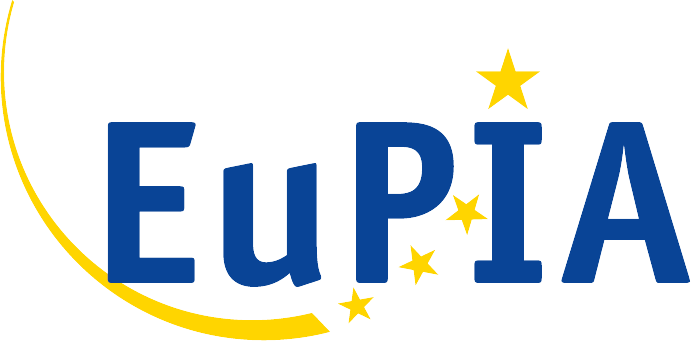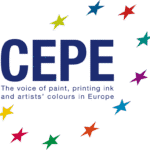What is the EuPIA Exclusion Policy
The beginning
The average person in the street has probably never heard about the EuPIA Exclusion Policy. In fact, it has been an important code protecting the health and safety of workers in the ink and printing industries, as well as the end users of printed materials. In 1996, the European printing ink companies took over existing national stewardship initiatives to create the so called “Exclusion List for Printing Inks and Related Products”. It applied stricter rules to the manufacture and marketing of inks than existing legal requirements. In taking this responsibility, the European ink industry took a proactive lead for the world.
Since 2003, the European printing ink industry is represented by EuPIA and maintains such important tasks through its Technical Committee, which over the years has amended and adapted the Exclusion List. In 2016 the internationally acknowledged Exclusion List became what is now known as “Exclusion Policy”. It is a voluntary initiative which enables also companies outside Europe to adhere to.
Ensuring safety with considerations on hazard & risk
Until 2016, the criteria of the then “Exclusion List” were entirely hazard-based.
Between 1996 when the “Exclusion List” was established and 2016 when the “Exclusion Policy” replaced it, encroaching laws have rendered the use of chemicals much more secure.
- Since 2008, the Classification, Labelling and Packaging (CLP – (EC) No 1272/2008)) Regulation requires companies to classify, label and package their chemicals before placing them on the market according to legally binding rules.It sets out common rules for consumers and workers to enable them to make informed decisions when purchasing or using hazardous products and incorporates the classification criteria and labelling rules agreed at UN level – the Globally Harmonised System of Classification and Labelling of Chemicals (GHS). New or revised harmonised classifications for substances and mixtures are frequently introduced.
- Since 2007the Regulation on the registration, evaluation, authorisation and restriction of chemicals (REACH-(EC 1907/2006)) has been the main EU law to protect human health and the environment from the risks that can be posed by chemicals. This is done by better and earlier identification of the intrinsic properties of chemical substances and by taking measures, such as phasing out or restricting substances of very high concern. REACH also places the responsibility on industry to manage the risks from chemicals and to provide safety information on the substances. Use and exposure information are a key pillar here.
With this two powerful laws in the back, the Exclusion Policy focusses on the safe use of substances in the manufacturing of printing inks, and includes a more risk-based approach. The combination of toxicological data as well as data on uses and exposure is needed to properly assess a risk for the use of a substance.
The Exclusion Policy covers all types of printing inks
The Exclusion Policy applies to all types of printing inks and related products applied in all types of printing processes for all end use applications. The Policy maintains the hazard-based approach from the former list. However, elements of exposure-based risk assessment and management have been introduced which shall apply in cases where an existing raw material is (re-)classified and falling under the exclusion criteria. For these raw materials, rules are defined on how the procedures of substitution may be handled or, if not replaceable in the short term, under which circumstances a safe use may be possible for a limited period of time, until substitution has been finalized. In this way, negative impacts on customers’ processes or business continuity can be mitigated, whilst striving to uphold the highest standards of health and safety.
EuPIA members individually declare their commitment to the Exclusion Policy
The Exclusion Policy has been launched and is coordinated by EuPIA, nevertheless it is a voluntary initiative and hence the individual companies – and not EuPIA as an industry association –commit to the Exclusion Policy.
Latest changes
In 2024 the Exclusion Policy has been updated twice: in March 2024 with adding to the group B substances the new hazard class “Endocrine Disruptors Category 1 for human health (EUH380)” and removing the differentiation for “Toxic to Reproduction Category 1A & 1B (H360)”, whilst the latest 7th edition from autumn 2024 looks even further ahead with a new annex on substances with occupational concern when it comes to inhalation exposure & poorly soluble particles.
In 2025 a new chapter on Digital inks was added.
Companies having committed
Documents
The 8th version includes a dedicated chapter for digital inks. The 7th version from autumn 2024 introduced a new annex on substances with occupational concern when it comes to inhalation exposure & poorly soluble particles.
This document provides answers to some questions commonly asked by customers about EuPIA’s Exclusion Policy.

